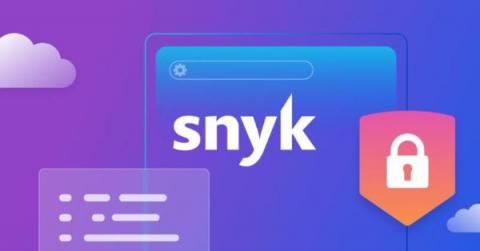Quick and easy vulnerability management with Calico Cloud
As more enterprises adopt containers, microservices, and Kubernetes for their cloud-native applications, they need to be aware of the vulnerabilities in container images during build and runtime that can be exploited. In this blog, I will demonstrate how you can implement vulnerability management in CI/CD pipelines, perform image assurance during build time, and enforce runtime threat defense to protect your workloads from security threats.











